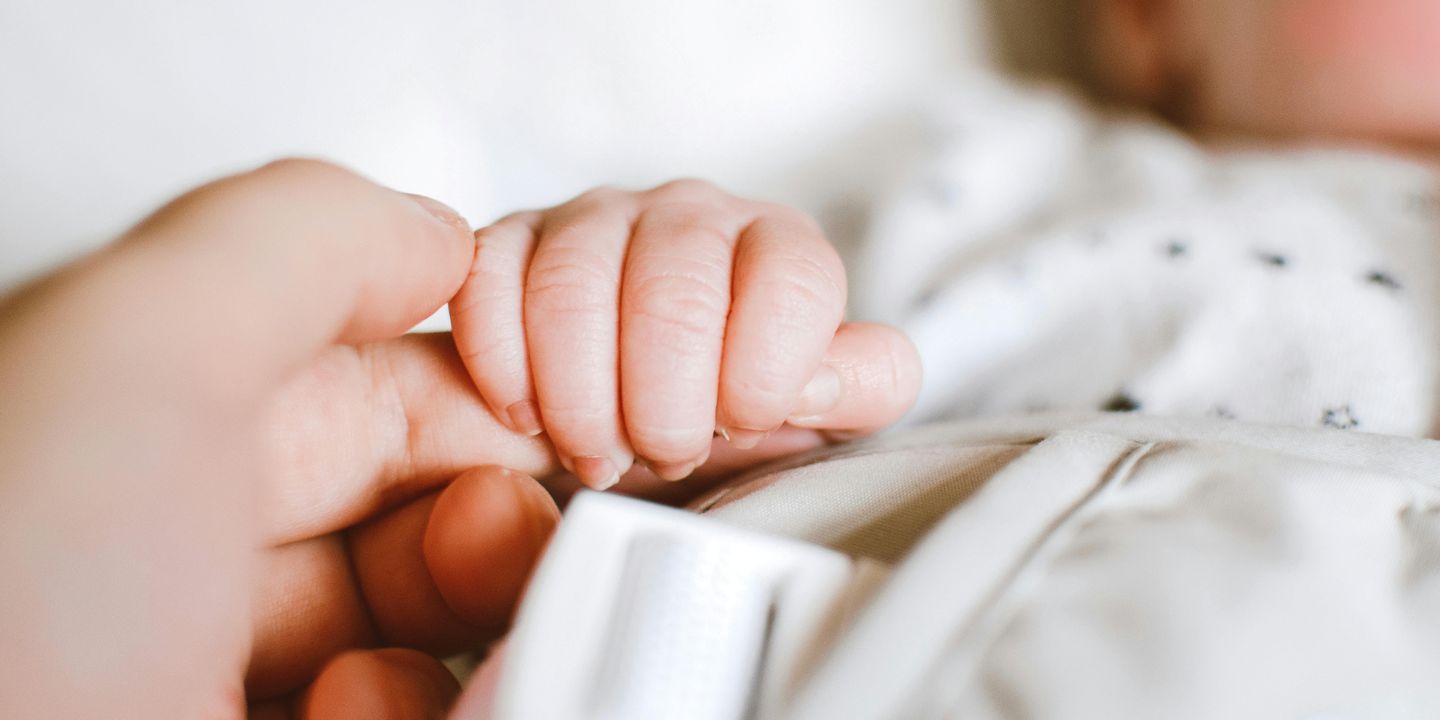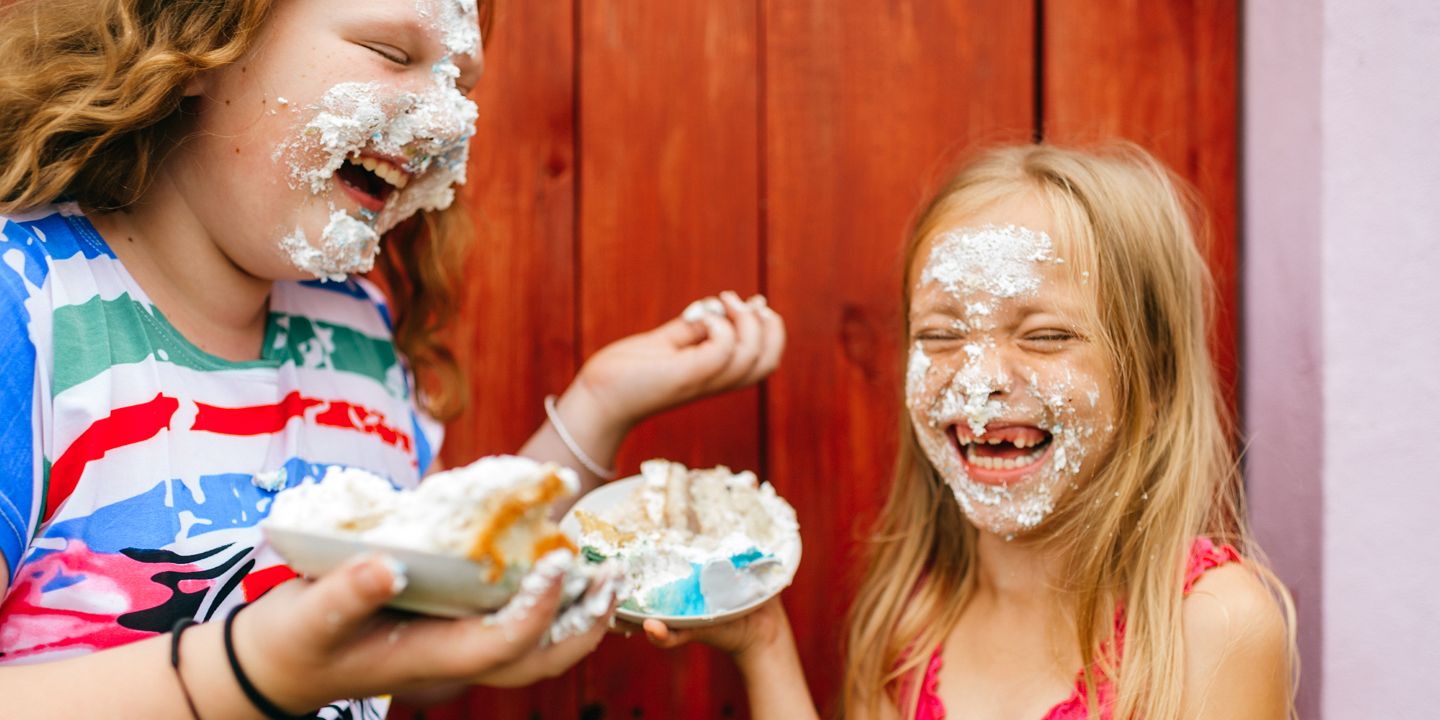Cold winds, icy rain and, in some places, snow—Old Man Winter has arrived. His entry reminds us to get our furnaces checked and winterize our car, but what about the kids?
"Children are even more vulnerable than adults to cold-weather and winter-related injuries," said Dr. Karen Judy, pediatrician at Loyola University Health System and professor of pediatrics at Loyola University Chicago Stritch School of Medicine.
Judy offers some tips to keep kids safe while playing outside in the cold. •Dress your child in layers. If one layer gets wet the child can remove it to keep moisture away from the skin. •Avoid cotton clothes as they will not insulate if wet. Fleece and wool are better options. •Warm boots and mittens are extremely important as extremities are more prone to frostbite. Tips of the ears and nose are often forgotten and also are vulnerable to frostbite. Make sure they are covered. •Wear a hat. Children can lose 60 percent of their body heat if their heads are not covered. •Make sure kids come inside often to limit exposure to the elements. •Change children out of wet clothing as soon as possible.
"We spend a lot of time in our cars in winter and this can be dangerous if we are not prepared," said Judy. "In cold weather, parents to need to take additional precautions to keep kids safe while traveling even if it's just to the grocery store. Never leave kids in a car unattended and keep a winter survival kit in the car with blankets, extra socks and gloves, snacks, and a first-aid kit in case the car breaks down or you are stranded in your car."
According to Judy, some of the most common and dangerous winter-related dangers are hypothermia and frostbite.
Hypothermia:
Hypothermia happens when a person's body temperature falls below 90 degrees Fahrenheit.
"Kids already have a lower body temperature than adults so they are more susceptible to this deadly condition, especially when wet," said Judy.
Symptoms of hypothermia include: •Shivering •Drowsiness •Slurred speech •Confusion
"If a child exhibits these symptoms, get them inside immediately, out of wet clothes and into warm, dry clothes. Wrap the child in a blanket and call 911 immediately," said Judy.
Frostbite is frozen tissue and can cause damage to the skin and often is associated with hypothermia. There are varying degrees of frostbite.
Frostnip:
Frostnip is a milder form of injury. It usually affects areas that are exposed to the cold, such as the cheeks, nose, ears, fingers, and toes, leaving them red and numb or tingly. If you suspect frostnip: •Bring your child indoors immediately and remove all wet clothing. •Immerse chilled body parts in warm (not hot) water until all sensation returns. •Don't use heating pads, stoves, fireplaces, or radiators. Affected skin can be numb and easily burn. •Call your doctor if sensation does not return or there are signs of frostbite and/or hypothermia.
Frostbite:
Symptoms of frostbite needing immediate medical attention include: •Skin that looks white or gray; it may become blistered •If a child's skin has a burning or numbing sensation
Get medical help immediately if you suspect your child has frostbite. While waiting for medical help to arrive: •Place the affected area in warm, not hot, water. •Do not rub the skin as it is fragile and this could damage it. •Give your child something warm to drink
"Because of low blood supply fingers, toes, ears and nose are the most vulnerable to frostbite. Parents should ensure those areas are well covered," said Judy.
Source: Loyola University Health System


